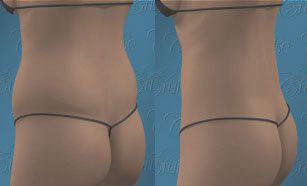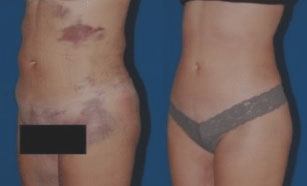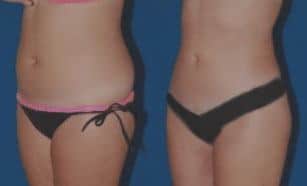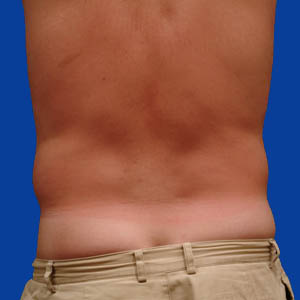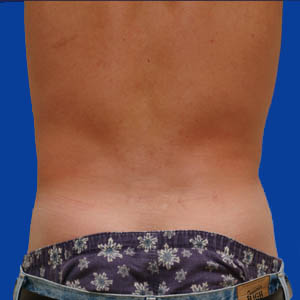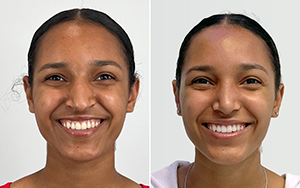Liposuction Types Of Liposuction
Types of Liposuction
- Liposuction Overview
- Are You a Good Liposuction Candidate?
- What Do You Want to Change?
- Types of Liposuction
- Benefits of Liposuction
- Joseph T Cruise, MD's Liposuction Philosophy
- Liposuction Consultation and Physical Exam
- Prior to Liposuction Surgery
- Liposuction Anesthesia
- After Liposuction
- Recovery from Liposuction
- Possible Liposuction Complications
- Liposuction Cost and Financing
- Liposuction Words to Know
- Liposuction Before and After Pictures
Liposuction: Defined
With so many different liposuction techniques available today, it can be difficult to tell which techniques are worth it and what is hype. To help answer some of your most popular questions, we've included a breakdown of the 4 most popular liposuction techniques.
- Power Assisted Liposuction ~ (PAL)
Iis performed using a special canella which produces rapid, small vibrations to break up fat cells so they can be suctioned out of the body. This method is used in combination with tumescent liposuction to remove unwanted fat cells. Some surgeons prefer this method over traditional tumescent liposuction because the power assisted canella it is easier to operate. However, the size of the incision is primarily dependent upon the size of the canella used during the procedure; and although PAL is easier for some surgeons, other surgeons experience a lack of actual control using the technique.
- Ultrasonic Assisted Liposuction ~ (UAL)
is any modified liposuction technique that delivers ultrasonic energy to subcutaneous fat in an effort to remove it. The concept of UAL is initially appealing. A piezoelectric crystal converts electric energy to rapid (ultrasonic) vibrations and heat that are transmitted to a small metal rod or paddle to injure living tissue. Ultrasonic energy then delivers a combination of vibratory mechanical energy and thermal energy to subcutaneous fat. There are two types of UAL: Internal UAL and external UAL. Internal UAL delivers ultrasonic energy directly to subcutaneous fat using a metal rod or canella which is inserted into the skin.
External UAL delivers ultrasonic energy to subcutaneous fat by means of applying a paddle-shaped instrument directly to the overlying skin. Both forms of UAL have become increasingly less popular because surgeons are aware of the increased risks and complications associated with UAL. These complications include dermal necrosis (skin death) of immediate and surrounding areas, peripheral nerve damage, seromas, and blisters. Because of these serious side effects, most experienced liposuction surgeons have concluded UAL is less safe than Tumescent Liposuction.
- Tumescent Liposuction ~ (Wet Liposuction)
Tumescent liposuction, sometimes called the "wet" or "super-wet" liposuction, involves infusing the area to be treated with sterile saline to help remove fat cells and distinguish them from overlying soft tissue and underlying muscle and organs. Tumescent liposuction utilizes large volumes of natural saline, containing a local anesthetic (lidocaine), and adrenaline (epinephrine), which is dispersed into the fatty tissue making fat cells easier to remove with a very fine canella. Tumescent Liposuction has the lowest rate of complications documented in medical literature and the greatest patient satisfaction. This type of liposuction is the safest and most precise technique in the field of liposuction, because of the use of fine instruments and localized tumescent anesthetic. Additionally, surgeons using this method are able to exercise a high amount of control over the final results.
- Laser Assisted Liposuction ~ (SmartLipo™)
"The "SmartLipo™ is the newest technique promising a non-invasive way to permanently remove fat. Laser energy is administered in conjunction with a small canella to break up and dissolves fatty tissue beneath the skin. For the right candidate, smart liposuction can work. However, because the technique is effectively able to remove only about 4-8 ounces of fat, it is ideal for minor touchups only or smaller areas of fat pockets. Smart liposuction cannot effectively replace more traditional forms of liposuction.
Remember, as with any procedure your results are only as good as the hand operating the instrument. When choosing a liposuction procedure, consider the amount of fat you would like to be removed and the qualifications of the surgeon performing the procedure. In many cases, cosmetic surgeons, dermatologists, and other doctors from a variety of specialties are able to perform plastic surgery procedures. It is important to do your homework. Choosing a board certified plastic surgeon experienced in the procedure of choice will increase your chances of having a predictable, positive experience and an optimal outcome.

